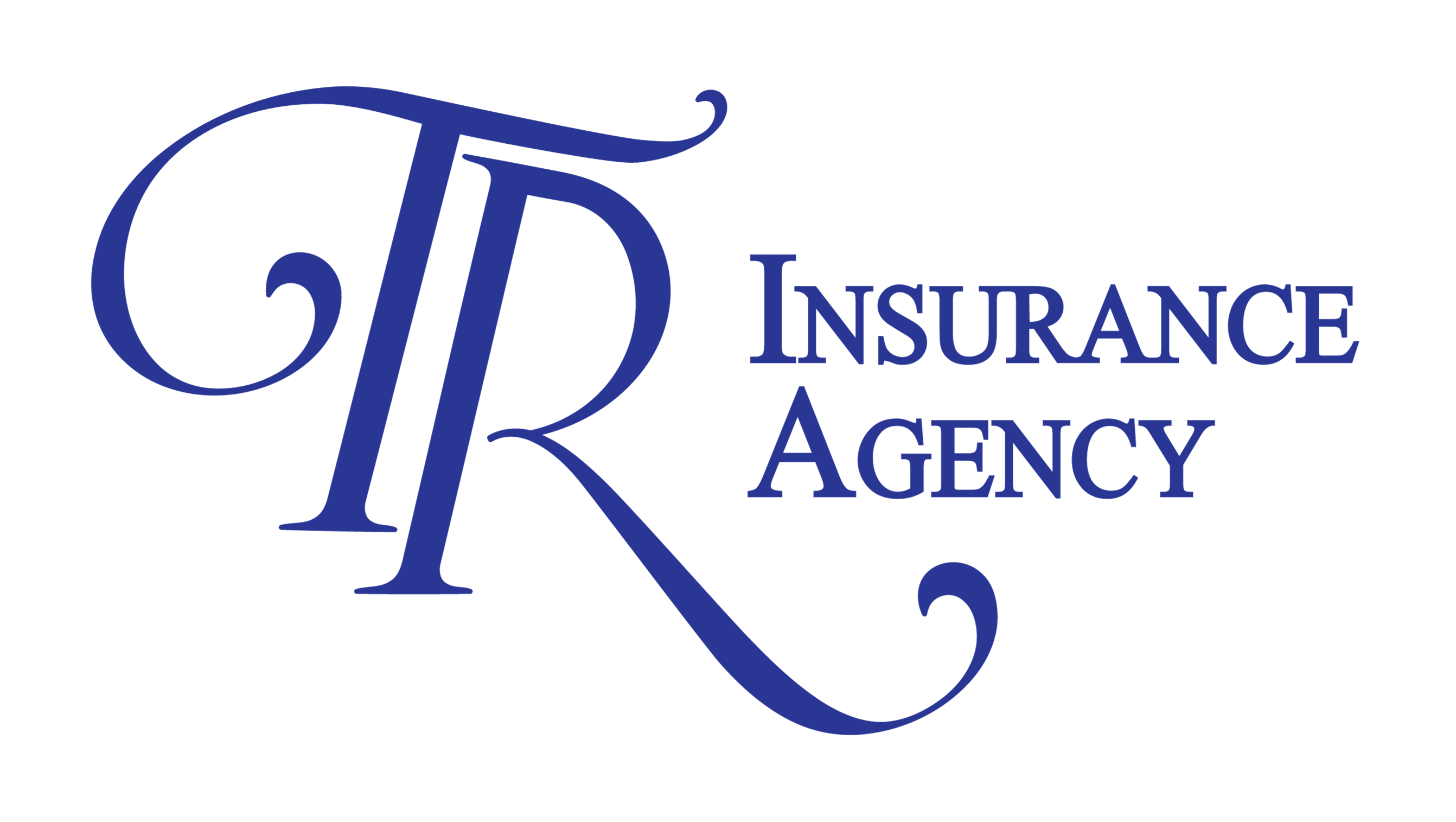Introduction: Driving schools are pivotal in shaping competent drivers but face distinct risks. Effective risk management is imperative for their success and safety. Explore these seven crucial risk management tips tailored for driving schools and instructors.
1. Hiring Qualified Instructors: Ensure driving schools employ qualified and experienced instructors through rigorous background checks and certifications verification. Skilled instructors mitigate risks associated with inadequate training.
2. Developing Robust Safety Policies: Establish comprehensive safety policies covering cell phone usage, seatbelt enforcement, and emergency procedures. Enforcing these policies fosters a culture of safety, minimizing potential risks.
3. Vehicle Maintenance and Inspections: Regularly maintain and inspect school vehicles to prevent accidents from mechanical failures. Detailed records and diligent inspections demonstrate a commitment to safety.
4. Creating Effective Lesson Plans: Craft structured lesson plans encompassing defensive driving techniques and hazard perception. Well-organized curricula ensure comprehensive education, reducing risks associated with inadequate instruction.
5. Monitoring Student Progress: Regularly assess student progress, provide feedback, and track development to address areas needing improvement. Close monitoring ensures students are adequately prepared for the road, mitigating risks of insufficient training.
6. Promoting Communication with Parents/Guardians: Maintain open communication with parents or guardians, providing progress reports and discussing concerns. Involving guardians fosters safer driving practices and awareness of student progress.
7. Having Liability Insurance: Secure liability insurance from Prime Insurance Company to safeguard against unforeseen events and potential claims. Tailored coverage offers protection in accidents, ensuring peace of mind for driving schools and instructors.
Conclusion: Implementing these risk management strategies is vital for driving schools and instructors. By prioritizing qualified staff, safety policies, vehicle maintenance, lesson plans, student monitoring, communication with guardians, and liability insurance, driving schools ensure safe lessons while mitigating risks. Prioritize risk management to build a safer driving education environment.

